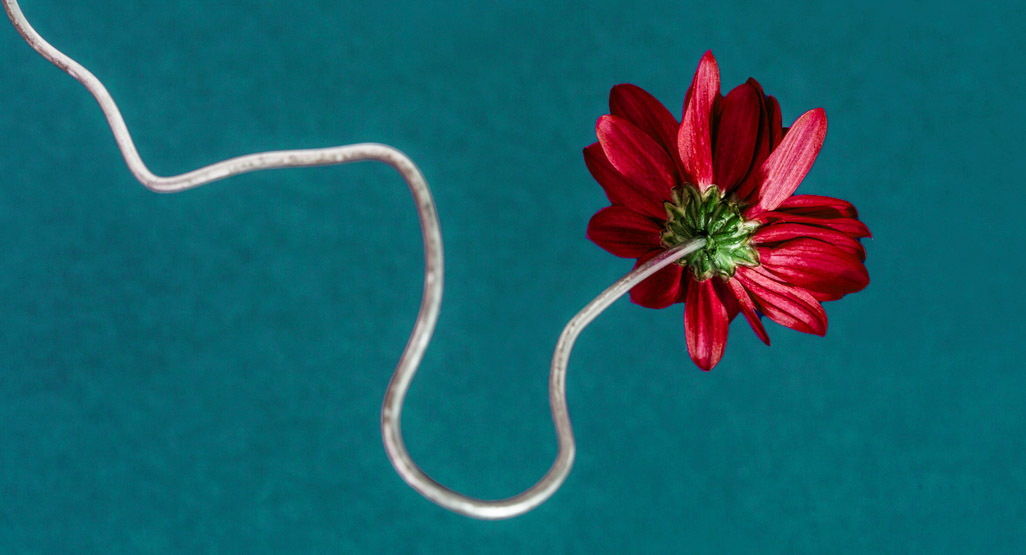Blood
‘The Bachelor’ inspired me to donate my son’s cord blood
By Sarah Darby, as told to Amelia Harnish
I never would have expected that my love of The Bachelor would drive me to make one of my first parenting decisions. But as any new mom knows, parenting is full of surprises.
I first heard the phrase “cord blood banking” from season 17 winner Catherine Giudici Lowe, who chose to privately bank her babies’ cord blood. Her social media post about the process piqued my curiosity. I did what anyone would do in this situation: I Googled, of course.
I learned that cord blood is the blood that remains in a baby’s umbilical cord and placenta after the cord is cut at birth. Unlike normal blood, cord blood is unusually rich in hematopoietic stem cells. These are special cells – blood-forming stem cells to be exact. They’re similar to cells found in bone marrow and can help treat some diseases, such as certain types of cancer, immune deficiencies, and blood disorders.
Cord blood banking is a way of saving this precious material for later so it can be used as medicine. A simple procedure done immediately after birth removes cord blood from the clamped-off umbilical cord. This does not impact the mother or baby, and it takes about five to 10 minutes.
From my initial research alone (thanks, Catherine!), I was pretty sure I wanted to bank my cord blood when I started my family. But it wasn’t until I was pregnant in 2021 and sorting through the many questions that typically come up that I remembered her post and decided to dig deeper. I realized that as simple as the procedure is, the decision to actually do it is more complicated.
What I learned before deciding to bank cord blood
The main consideration is choosing a bank. You can save your cord blood at a public bank or a private bank.
The benefit of a private bank is that it stores your baby’s cord blood specifically for your family’s use. So, let’s say a sibling or other family member develops a health problem that can benefit from cord blood treatments, there is a high likelihood that the stored cord blood will be genetically compatible. Your baby’s cord blood could potentially treat some conditions that they themselves develop, but it’s less common because the cells are usually predisposed to the same condition.
Donating your cord blood to a public bank means that your cord blood becomes available to anyone who might need it for a transplant. It can also be used for medical research. When you donate to a public bank, you sign away all rights to use it. There’s no guarantee it will be available if your baby or a relative might need it. The major benefit of public banking is that it’s free. It’s similar to donating blood in that you’re contributing to the community’s needs, not just your own.
Advertisement | page continues below
Why I decided to donate my baby’s cord blood
In addition to the research I did on my own, I also talked to my husband as well as the midwife who would ultimately deliver my son. I wanted to understand how the collection process might impact my birth experience in addition to her general opinion on cord banking. Once I understood the pros and cons, I was able to decide pretty swiftly that a public bank was right for us.
The pros of private banking are attractive, don’t get me wrong. The fact that it’s stored just for your family and there may be medical advances in the future that could make cord blood even more useful for treating more diseases is enticing. But currently, the American Academy of Pediatrics and the American College of Obstetricians and Gynecologists only recommend private banking if you have a family member or another child with a genetic disease. And that wasn’t the case for us.
In addition, the cost of private banking wasn’t in our budget. Private cord blood banking has both upfront costs and ongoing storage costs. Collection can cost between $1,350 to $2,350, and the subsequent annual fees are usually around $100 a year.
Since donating to a public bank doesn’t incur these costs and the likelihood we’d use this cord blood was low, I felt like there really wasn’t a reason not to donate to a public bank. I am healthy and met the donor guidelines. The collection was free, and the procedure was unlikely to interfere with my birth plan.
Plus, the more people who donate, the better chance there is that someone in need has a match! I really like to give back to the community, and this just seemed like such an easy, clear way to potentially save someone’s life. How many times in life do you have an opportunity to donate something lifesaving that essentially costs you nothing?
What it was like to donate cord blood
My son, Hudson, was born January of 2022. He changed my life forever in a myriad of ways – but the donation of his cord blood was uneventful. I just filled out some paperwork agreeing to the collection and donation. Then, during the birth, I didn’t even notice the birth team collecting the cord blood. They took care of everything while I was in my golden hour. It didn’t change my birth experience in the slightest. The staff tested my blood for any communicable diseases, but with all the blood work I was already getting done during labor and birth, I didn’t notice that either. It was so worth it!
In the end, I really hope the cord blood is a match for someone who needs it, but because I don’t feel like I sacrificed anything, I wouldn’t be disappointed if it was never used either. It is nice knowing that it is available for anyone at any time, and that I could contribute to the greater good.

